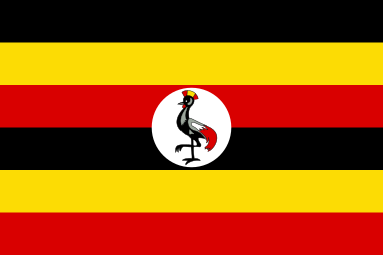BUSIA MC SOILS.
Busia MC is underlain by one major type of rock system: Pre-Cambrian rocks. This rock system is a basement that is rather complex and includes a variety of granites, gneisses, quartzite and small areas of other kinds of strong folded metamorphic rocks. The municipality is also characterized by the main out-crop of the Lunyo granite (NEMA, 2004). Most soils in Busia District can be categorized as petric plinthosols, Plinthosols are internationally referred to as ‘Groundwater Laterite Soils’. They are iron-rich mixture of clay mineral soils that are primarily found in the wet tropics and formed from basic rock as a result of accumulation of iron under hydromorphic conditions. The impenetrability of the hardened layer as well as the fluctuating water table that produces it restricts its use to grazing or forestry (Britannica online).

Busia MC soil classification.
The second largest soil group in Busia MC can be categorized as lixic ferralsols and are defined by a fine-textured subsurface layer of low silt to clay ratio. They are formed on geologically old parent materials in humid tropical climates and occur on old but stable land surfaces. Thus, they are strongly weathered soils with low activity clays and low amounts of mineral nutrients. This makes the soils to have a low fertility and not suitable for agriculture, unless lime and fertilizer is added. The third and smallest soil group in Busia Municipality are gleysols. These are wetland-based soils that, unless drained, are saturated with groundwater for long enough periods. They are found in depressions and low landscape positions with shallow groundwater. Are greyish/blueish in Colour inside the soil horizons due to anoxic conditions but turn brownish/yellowish/reddish in colour at surfaces of soil particles as the iron in the soil gets oxidized. They are generally fertile soils with high content of organic matter



